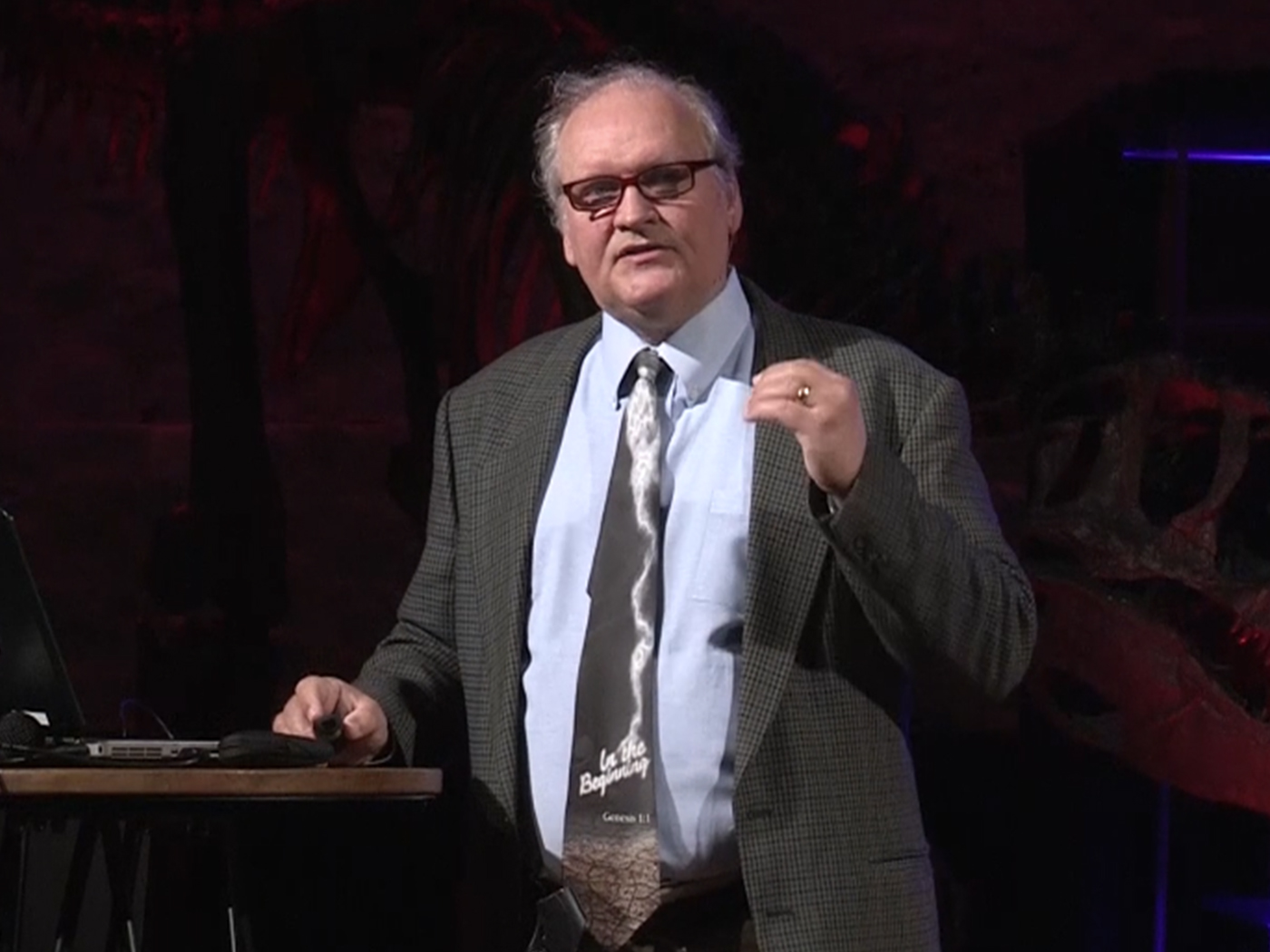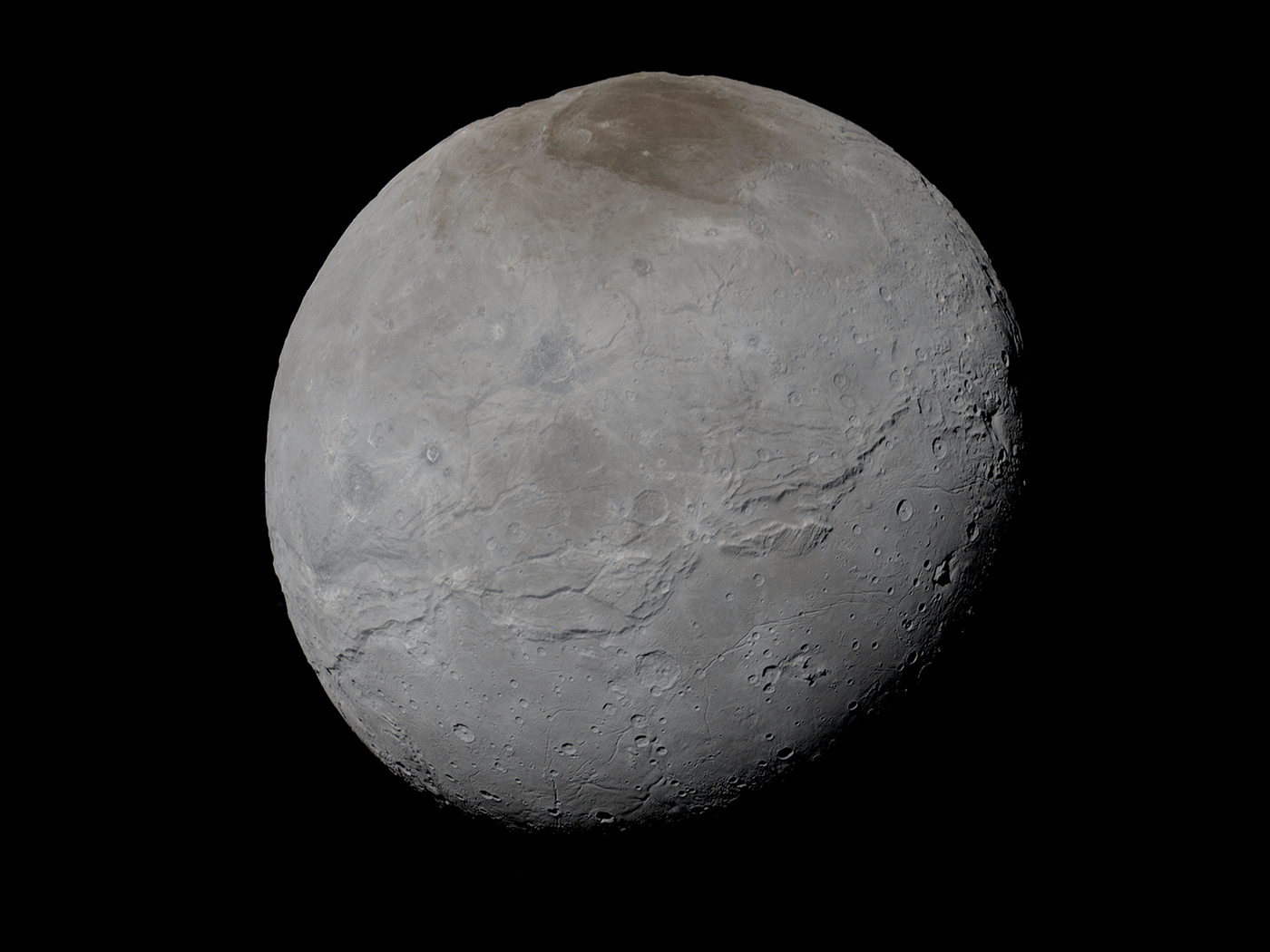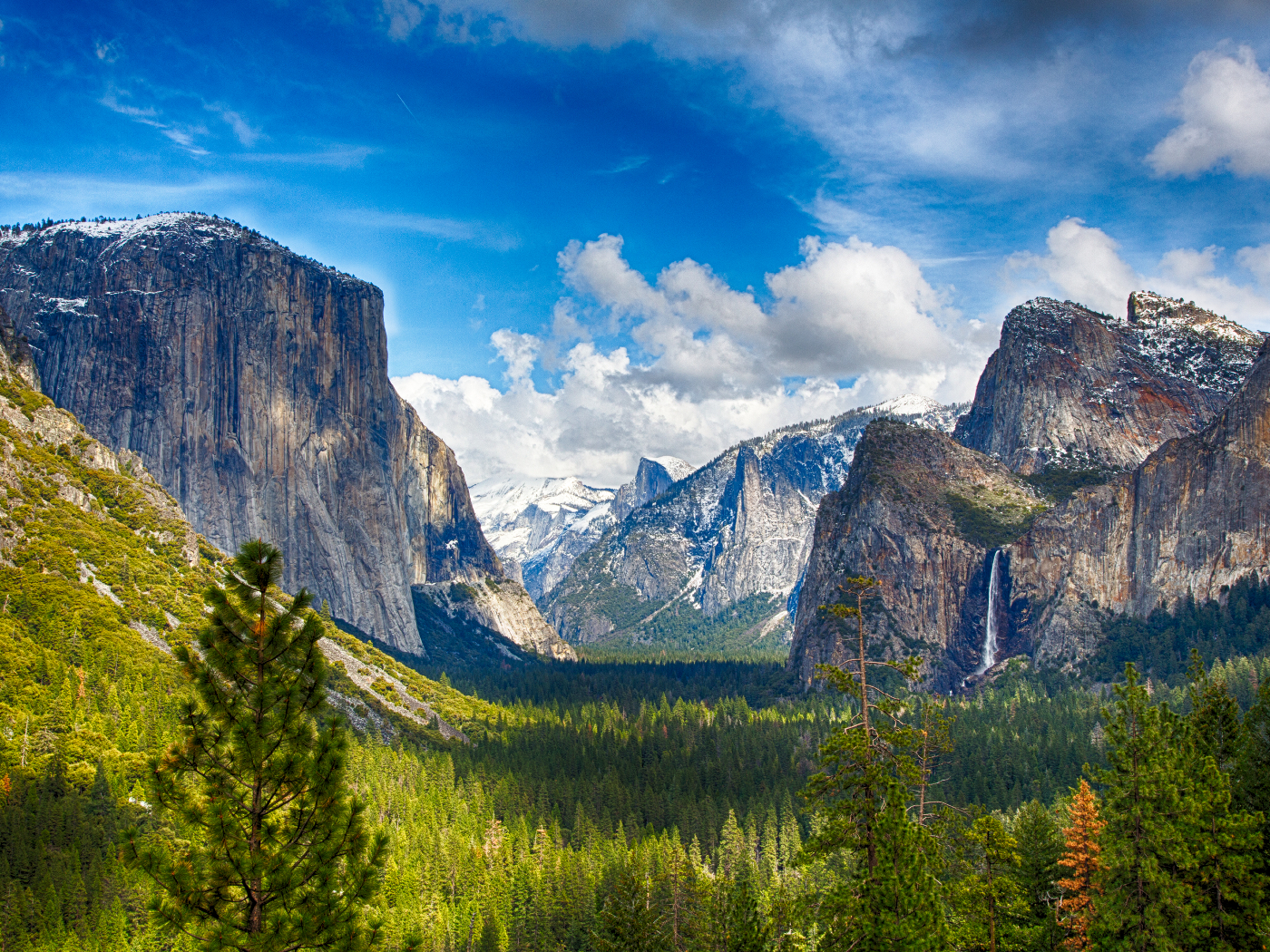From setting orbits straight and creating moons, to manufacturing magnetic fields, secular science has consistently used chance cosmic collisions and near-misses to explain the origins of a host of fine-tuned attributes. This strong reliance on lucky coincidences reveals a bias toward “methodological naturalism.”
Methodological naturalism has been defined by militant evolutionary scientist Eugenie Scott as a requirement “that, in trying to explain any particular observation or experimental result, an investigator may not resort to miracles.”1 Though Scott and her colleagues affirm that this characterizes all science, it is actually only true of operational science. Forensic scientists routinely and appropriately consider intelligent, non-natural causes when they reconstruct past events, and astronomers’ refusal to acknowledge the possibility of divine causation makes some of their theories appear silly.
For example, coincidental gravitational events have been invoked to explain the origin of comets. In this scenario, objects in the unobserved “Oort cloud” collide in such a way that a small percentage of them are launched into space and eventually form orbits around the sun. The likelihood that chance-based near-misses coupled with precise hits created, stored, and set in orbit the various comets in this way is unreasonably small.2
Another random collision, according to Cardiff University’s Huw Davies, is supposedly responsible for the creation of Venus. Davies proposed that the second planet from the sun is the result of “a mega-collision between two large embryonic planets.”3 But many very specific parameters would have had to be involved in this random “little bang” to form Venus’ unique composition, its reverse spin, its orbit about the sun, and therefore its role in balancing the earth’s own orbit, which is vital to the survival of life here. Since when do collisions—especially mega-collisions—add purpose-oriented specificity to any system?
University of Toronto’s Jafar Arkani-Hamed proposed that a collection of hovering asteroids ignited and maintained an ancient magnetic field on Mars.4 Such a field would have been required for living cells to exist on that planet. But the possibility that these asteroids somehow avoided Mars’ moons and then hovered with just the right masses, trajectories, and distances to have pulled Martian electromagnetism into motion “for 500 million years” seems incredible. Mars rocks do show evidence that there once was a magnetic field. However, these asteroid conjectures seem merely to be extensions of a larger methodological naturalistic interpretation since the proposed asteroids and their exact specifications are ad hoc provisions with no direct evidence (and virtually no indirect evidence.)
Incidentally, the observation that Mars’ magnetic field rapidly decayed would be consistent with a young universe in which systems break down. Magnetic fields observed in other planets are decaying at rates precisely predicted by one creation model.5
Though some scientists may strictly limit their origins interpretations to processes observed in the natural realm, many of the observed effects are so finely tuned that no natural cause could reasonably have been responsible. Adherents to methodological naturalism will be forever faced with the daunting task of explaining the handiwork of God without the involvement of God Himself—not an enviable task.
References
- Scott, E. C. 1996. Monkey Business. The Sciences. 36 (1).
- Levison, H. F. et al. 2002. The Mass Disruption of Oort Cloud Comets. Science. 296 (5576): 2212-2215.
- Did a mega-collision alter Venus? Cardiff University press release, February 25, 2008.
- Reilly, M. Did Asteroids Spark Mars' Magnetic Field? Discovery News. Posted on discovery.com February 3, 2008, accessed February 10, 2009.
- Humphries, D. R. 2008. Mercury’s magnetic field is young! Journal of Creation. 22 (3): 8-9.
* Mr. Thomas is Science Writer.
Image Credit: NASA/JPL-Caltech
Article posted on February 20, 2009.

















